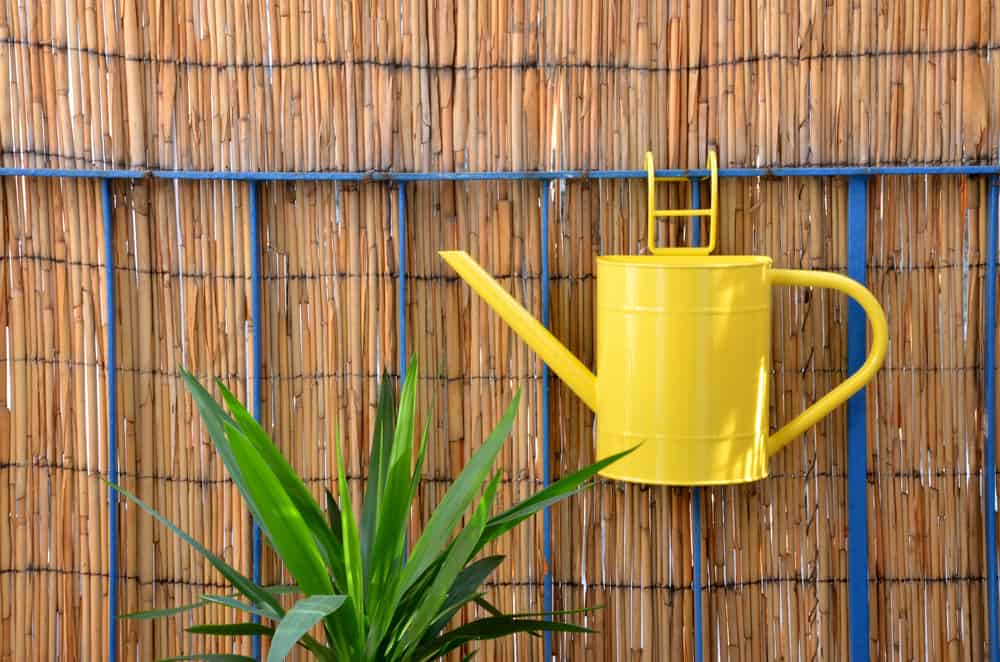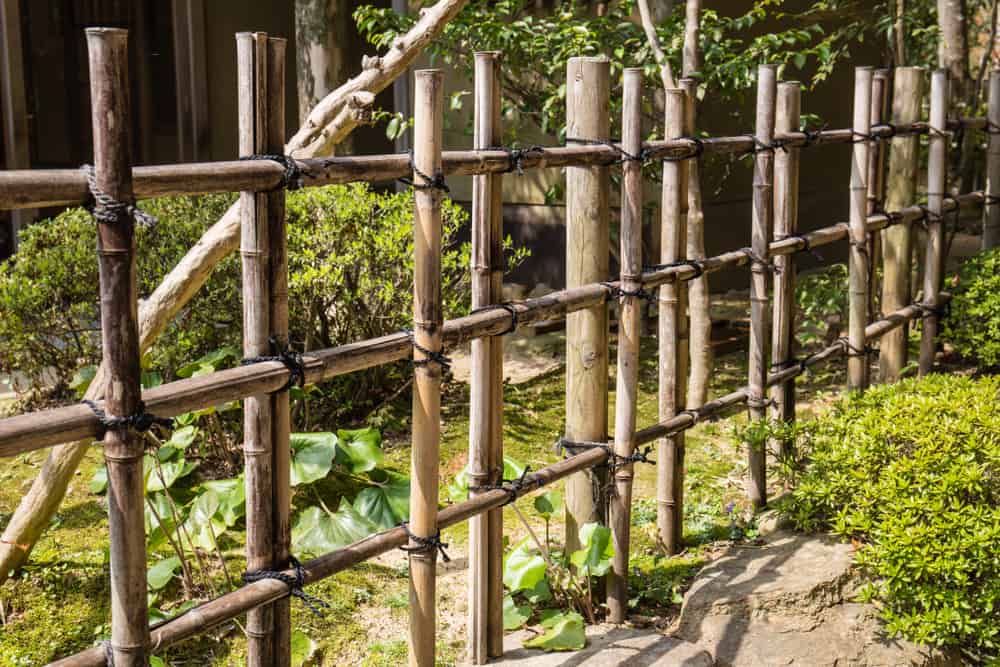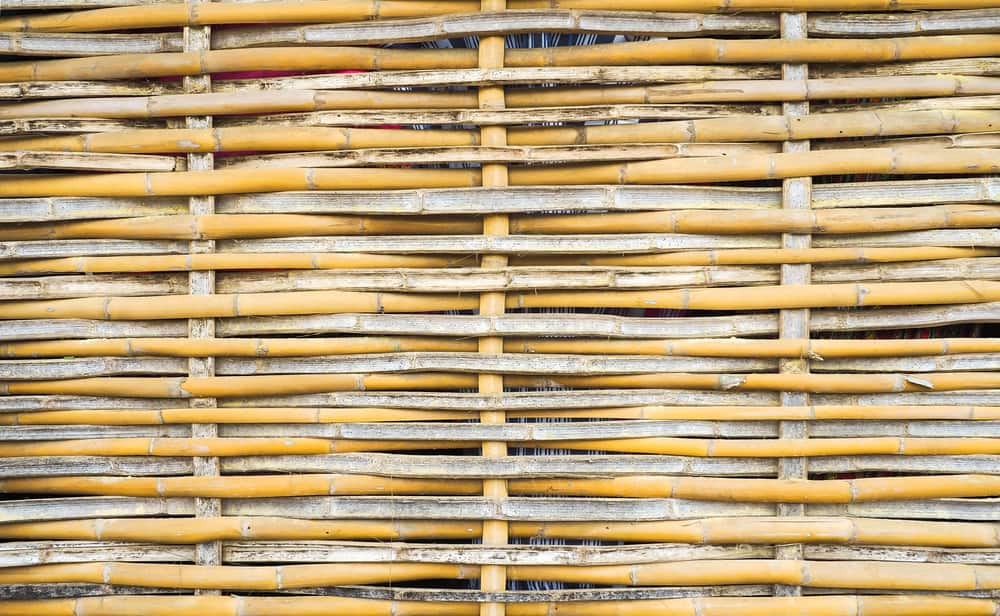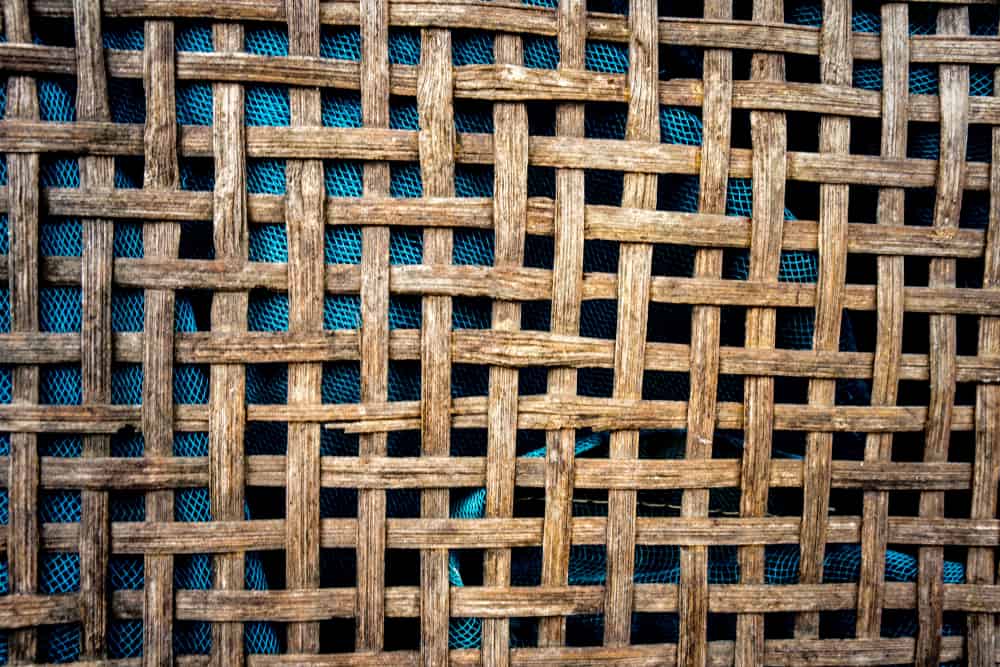If you’re looking for cheap and easy ways to improve your apartment’s outdoor balcony space, a DIY bamboo fence is the way forward.
Bamboo is a great material to work with and is inexpensive, making it ideal for straightforward DIY projects.
In this article, we’ll cover how to make your own DIY bamboo fence. We’ll also cover the benefits of using bamboo along with suitable alternative materials.
Benefits of a DIY Bamboo Fence
The most obvious benefit to making your own easy DIY bamboo fence is cost savings. Sure, a store-bought bamboo fence isn’t that expensive, but you can easily save money and improve the overall quality by making it yourself.
Also, you can build the fence to whatever size you need. This’ll save you buying from too much or too little fencing and gives you flexibility over the shape, size, and design.
Advantages of Using Bamboo
There are plenty of advantages to using bamboo as a construction material. These include:
- Lightweight and easy to handle
- Fire-resistant – it can withstand temperatures over 7000 degrees F
- Stable and resistant to rupturing when bent
- Non-toxic (ideal for use around kids and pets)
- Water-resistant due to a silica layer
- Naturally antibacterial
- Inexpensive
- Renewable and highly sustainable
Bamboo Alternative: Reeds
You’ve probably seen reed fencing before. It possesses many of the same qualities as bamboo but offers a different aesthetic.
It’s possible to build a reed fence in much the same way as a bamboo one, except you’ll need more reeds.
Plus, reeds aren’t as resistant to bending as bamboo, meaning you could see more breakage in windy areas.
Bamboo Fence Types
There are plenty of options for bamboo fencing designs.
Ultimately, the option you select will tie back to what you’re looking to achieve from your fence. If you’re looking to create a bamboo privacy fence, vertical or woven canes are generally the most popular options as they’ll provide the most amount of coverage. The other options will work too, but you might want to grow some plants against them to create more privacy.
For reed fencing, you won’t have as many options. Most reeds are brittle, meaning you can’t get away with weaving them in the same way. If you wanted to get really unique, consider making a wattle fence with small tree canes (such as hazel).
This will give you the same sort of look as reeds but is more flexible.
Here are some that are suitable for a DIY bamboo fence.
1. Vertical canes tied together

2. Criss-cross diagonal pattern

3. Trellis style (grid pattern)

4. Woven using thin canes

5. Traditional fence design using bamboo planks

Supplies Needed for an Easy DIY Bamboo Fence
The best part about an easy DIY bamboo fence is that it needs very few materials. For a basic design, you need the following:
The thickness of the bamboo canes depends on your design choice. For trellis, vertical, and criss-cross designs, standard canes will work fine.
For woven designs, you’ll want thinner (and therefore more flexible) canes. You can also buy bamboo planks if you wanted to make a more traditional fence.
You might find it difficult to buy reeds to make a fence. Most DIY stores should have them, but searching online will almost always result in ready-made fences.
How to Make a DIY Bamboo Fence
For this method, we’ll give details on how to make a trellis bamboo fence. It’s really easy to adjust this method for a diagonal trellis; all you need to do is set the canes at a 45-degree angle rather than 90 degrees.
1. Measure your area
The first step is to measure the intended area for the fence so you know how big to make it.
2. Start assembly
When making a standard trellis, it’s best to start by laying out the vertical canes somewhere flat. A floor is probably easiest.
Lay them out with the correct distance between each. This depends on your overall design, but roughly 2-3” is best.
3. Add the horizontal canes
Next, lay the horizontal canes across in the desired place. The eventual goal is to have equal squares across the trellis, so match the distance between the vertical canes.
4. Begin tying
Use the twine to tie canes together. It’s as simple as wrapping the twine around each cross section, going over and under in a diagonal pattern.
Next, tie a knot in the twine to secure it in place. Repeat this across the fence, and you’re done.
For a woven bamboo or reed fence, you can follow the instructions for the wattle fence linked above. This is the most standard woven fence design and has been used for hundreds of years.
Done properly, you won’t need to secure it with any twine.
Reed Fencing Instructions
For a reed fence, your canes will only sit vertically. You need to lay them out and then wrap the twine between the canes.
Go over one cane and under the next, wrapping the twine around each cane as you go. Do this in at least two points and it should be fairly secure.
How to Install Your DIY Bamboo Fence
For balconies with a railing, cable ties are the easiest method of installation. Add enough to keep the fence secure.
But for walled or glass-fronted balconies, installation is a bit trickier. Some options include double-sided wall tape or hook-and-loop tape. If the fence is thick enough, it should stick to it.
Alternatively, consider using some adhesive hooks. You can stick these to the wall and then hang the bamboo fence using the vertical canes. This would also work for a reed fence.
An added bonus – each of the above methods is renter friendly!
Cleaning and Maintenance
You shouldn’t need to clean your bamboo fence that often. But, when you do, knock off debris with a stiff brush and then wash with soapy water. Allow it to air dry.
Every few years, apply a bamboo sealant. This will replace the bamboo’s silica layer and stop it from rotting.
Conclusion
Hopefully, you’ve got all the information you need to make an easy DIY bamboo fence.
The beauty of a DIY bamboo fence is that it’s versatile and customizable depending on your style. Use the instructions above to come up with your own design that suits your balcony space.
